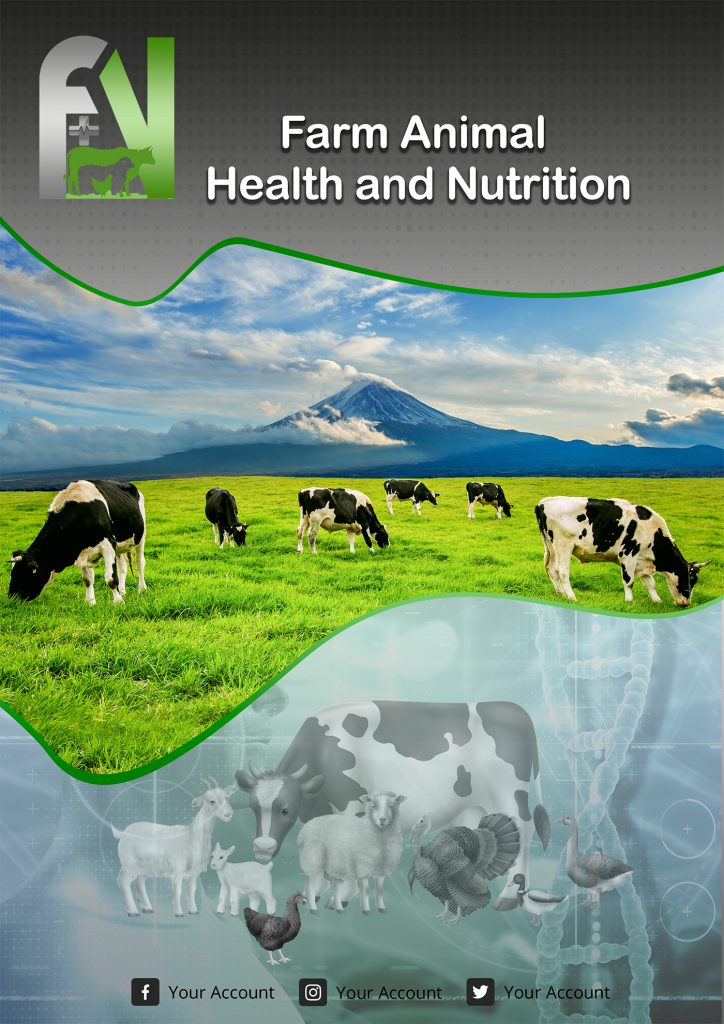Abstract:
Introduction: Improving agricultural productivity requires efficient production of feed ingredientsandmanagement ofavailable resources.Theprimary objective of the current study was to create a classification systemandmanagement ofavailable ingredientsfor sheep and cow farmers. Additionally, the study aimed to investigate the techniques employed in production and the types of feed ingredients utilized, specifically focusing on those accessible within the local context in Benin.Materials and methods: An open-ended questionnairewasused for this study,followedby in-person interviews.A cross-sectionalsurvey was carried out from March to April2023, in three poles of development agriculture(PDA), includingPDA2,PDA4,and PDA5,where the government projectedto develop ruminant breeding. Data were collected from 450 sheep,and cowbreedersselected based on thenumber of their animals and thebreeding experience in the three PDAs. The breeders’ socio-demographic characteristics, the feed supplementation practice, and the available feed resourceswere recorded.Results:The survey revealed that sheep and cowswerebred moreby men (54.67%), married people (78.57%), and illiterate individuals(64.74%). The averageage ofthe breeders was45.66years. Only 9.83% received training in animal breeding, and their main activity was croppingproduction. Regardless of the PDA, commercial feeds werewell known but rarely used by breeders due to their high cost.Some breeders usedcommercial feeds only in the dry season. The feed supplements includedlick stones, multi-nutritional blocks, andpelleted and floury feeds. The most widely used ingredientswere agricultural by-products (cereals and legumes) and agro-industrial by-products (maize bran, cottonseed cake, and palm kernel cake).Conclusion:The current study’s findingshave indicateda wide range of feed resources,such as agricultural and agro-industrial by-productsinBenin,that can be exploited to produce efficient localfeed supplements.
1. Introduction:
Feeding the world’s population is an ongoing challenge that puts considerable pressure on natural resourcesdueto the population growth1,2. Livestock has an indispensable role in solvingthis problem.In addition to providing proteins forconsumers and constituting a source of income for producers, livestock contributes to biodiversity conservationthrough sustainable agriculture3. Moreover, theprovidedrevenueby livestock enables rural breeders to fulfilltheir daily needs4,5. The national institute of statistics and demography has reported that meat products were among the top five imports intoBenin in 2021,with 115,808.6 tons, ata value of 59,667.7 billion CFA(basic monetary unit of West francophone African countries)6.Nationalmeat productionwas estimated at75,866 tons in 20177or 50.86% of national consumption. Therefore,the national protein consumption level is 12 kg/capita/year,less thanthe minimum consumption level of 20 kg/capita/year recommended by the Food and Agriculture Organization(FAO)8. The unavailability of affordable animal products, particularly meat,and milkis largely responsible for the high prevalence of malnutrition9…..


